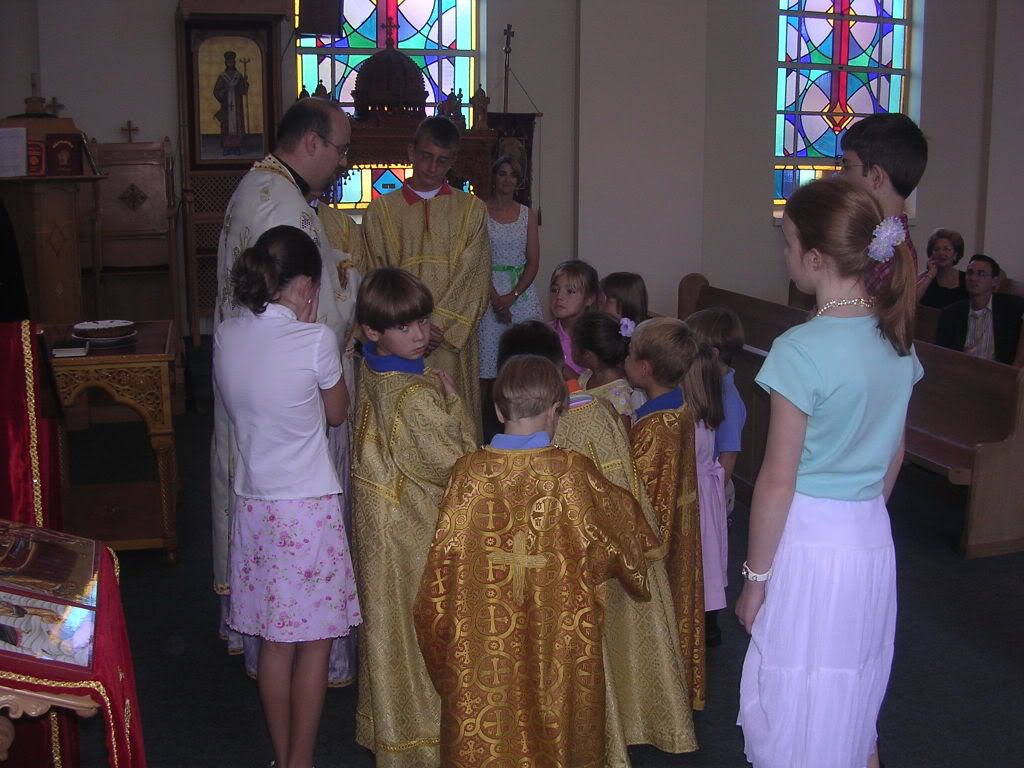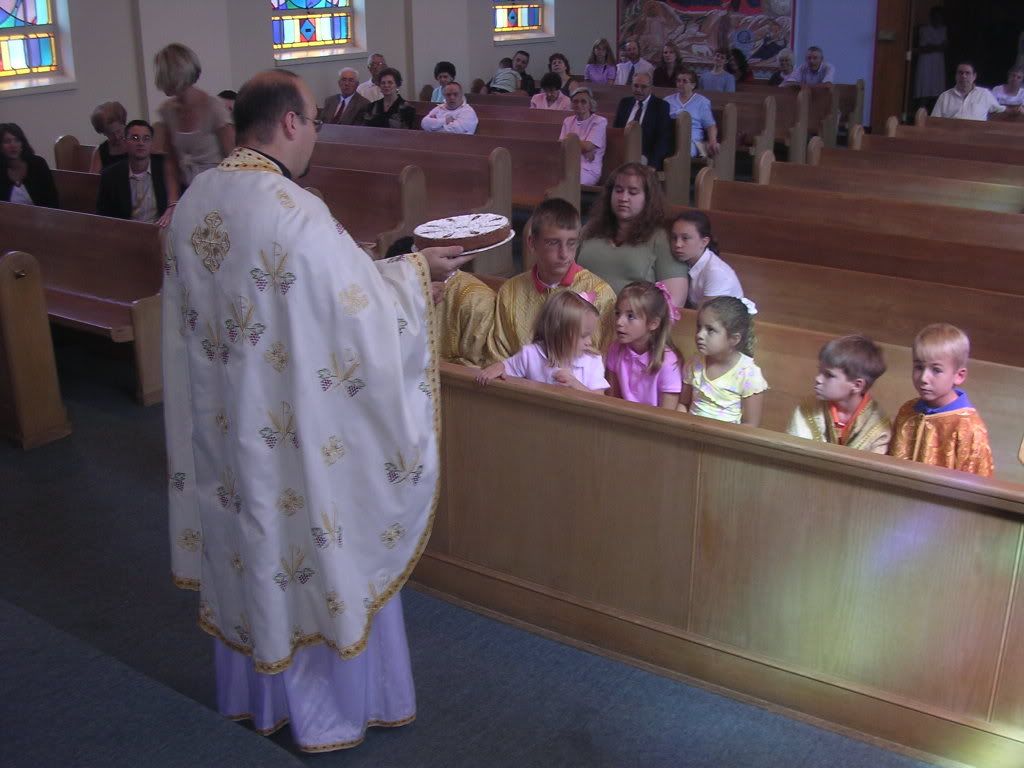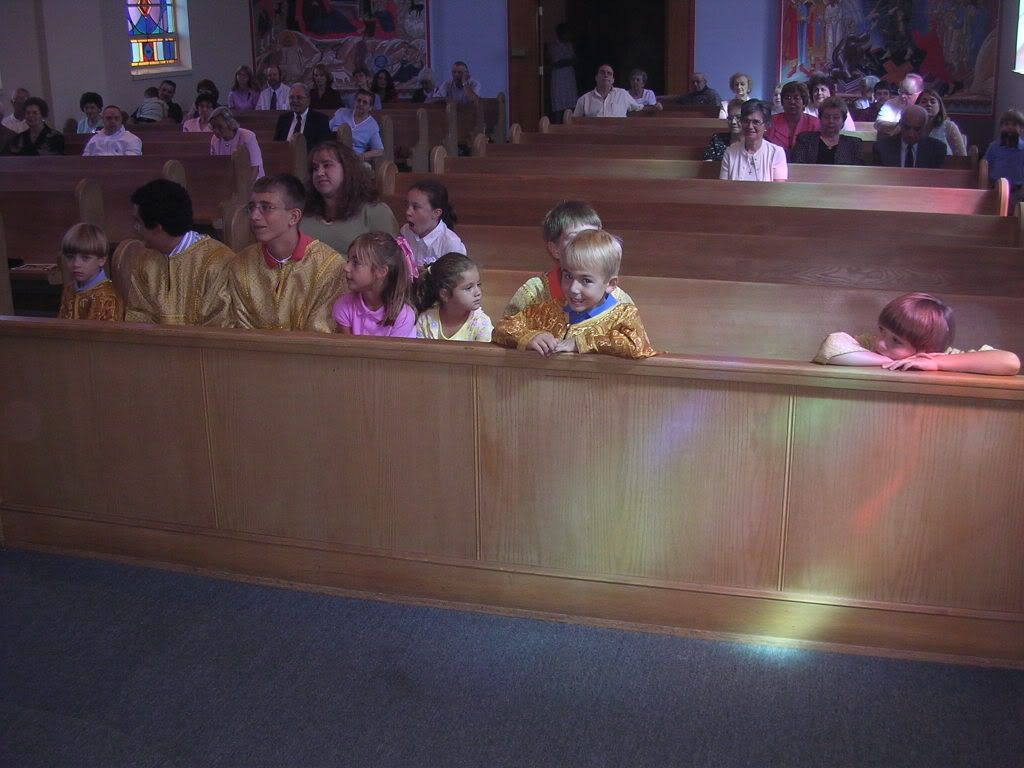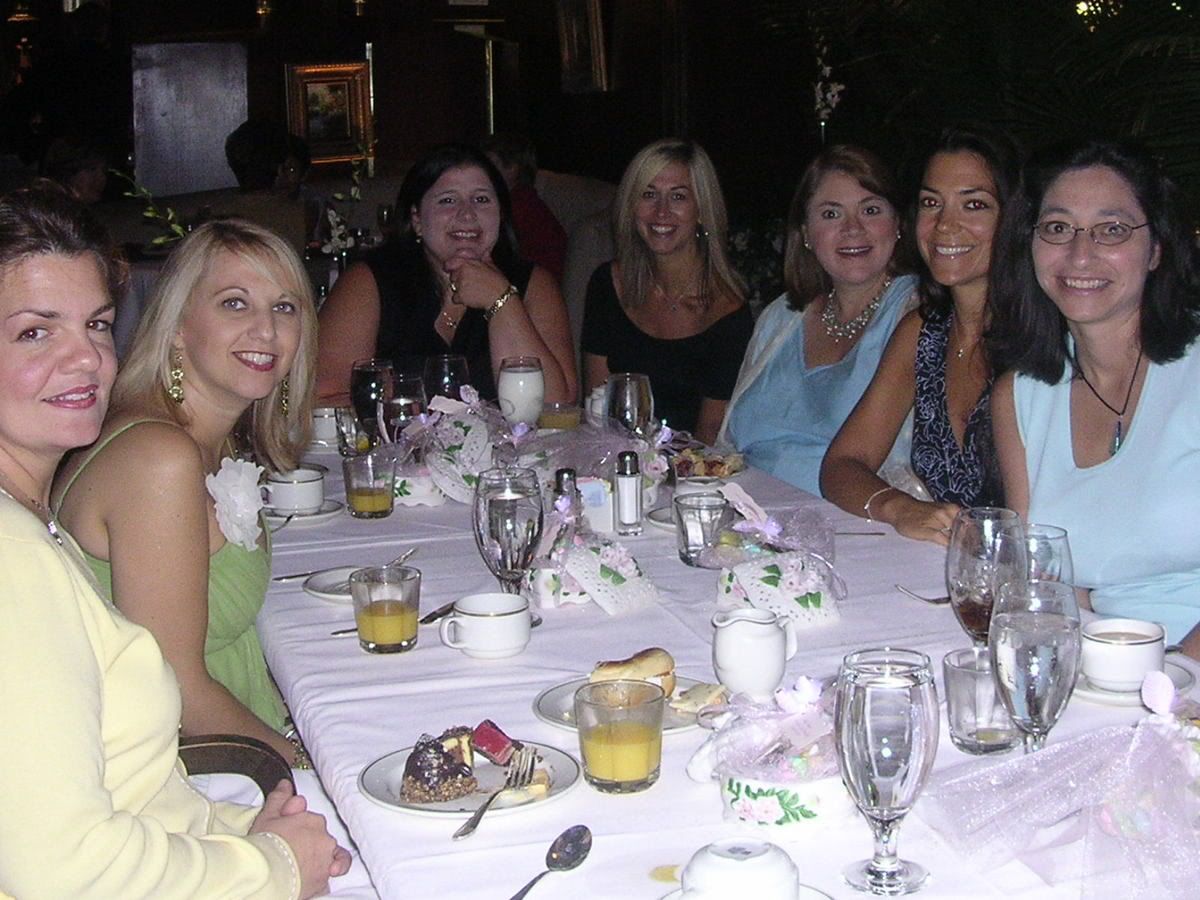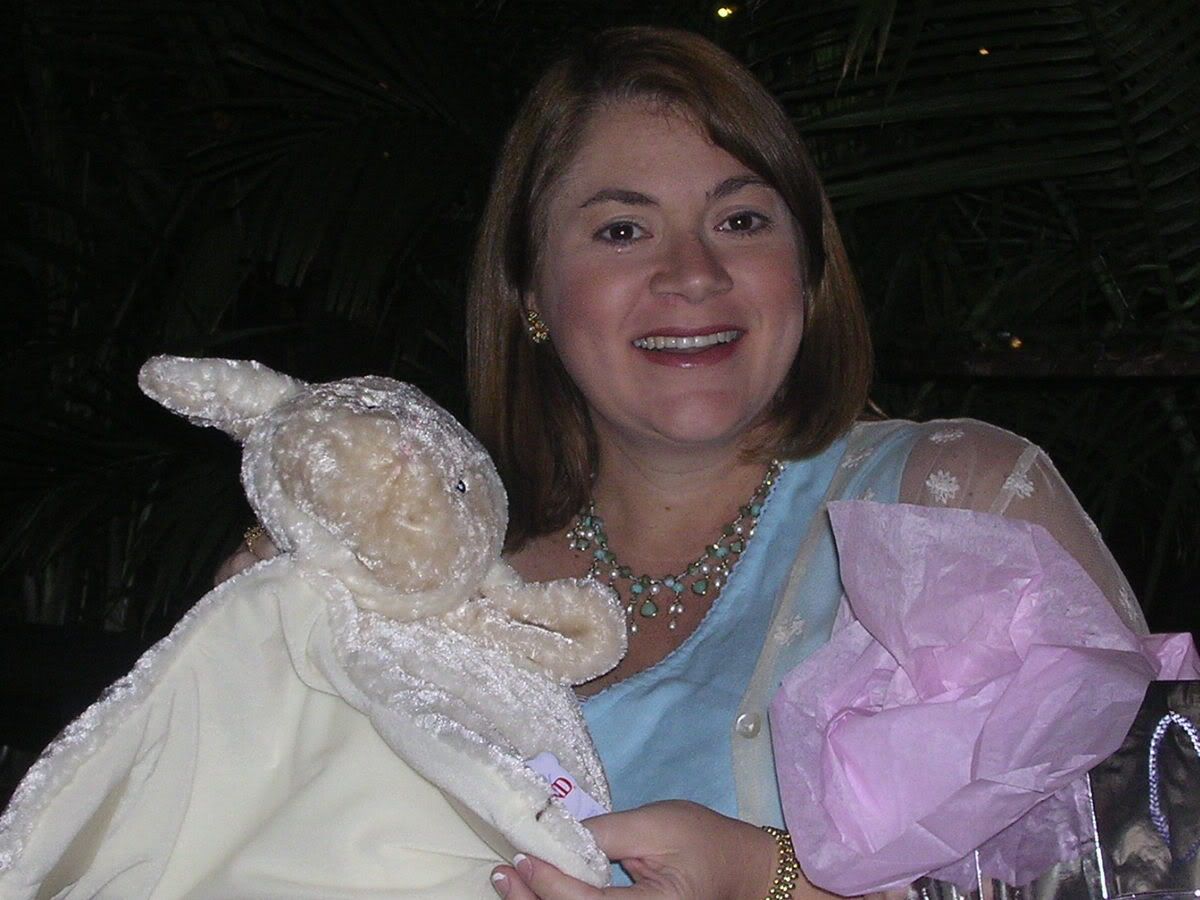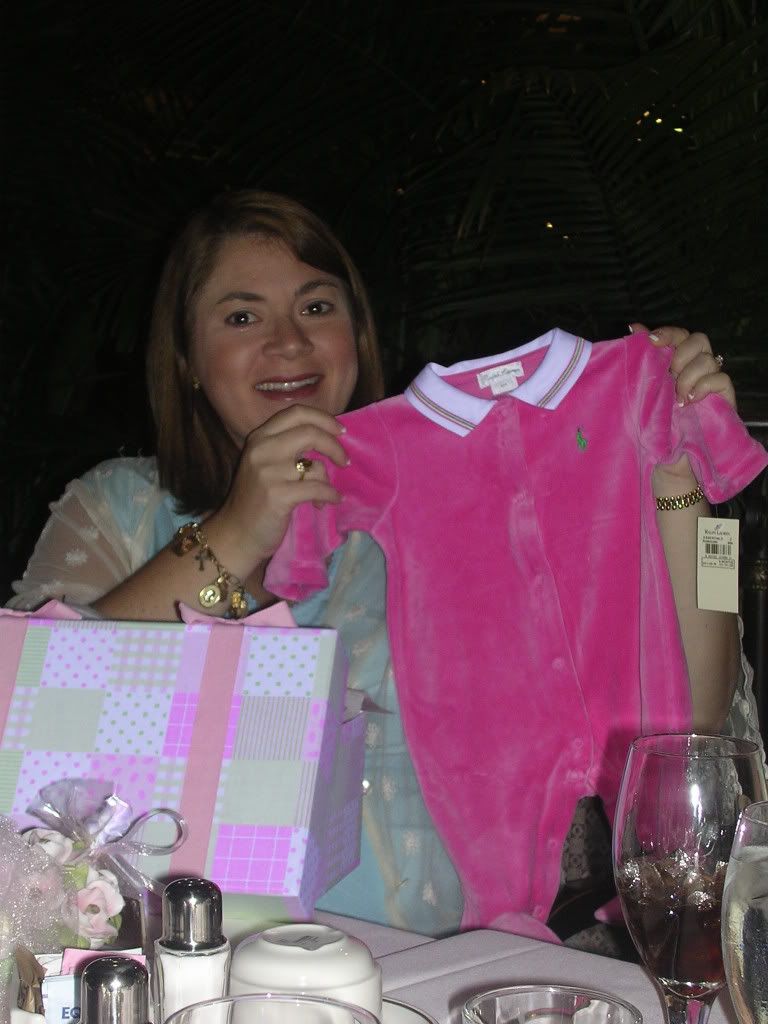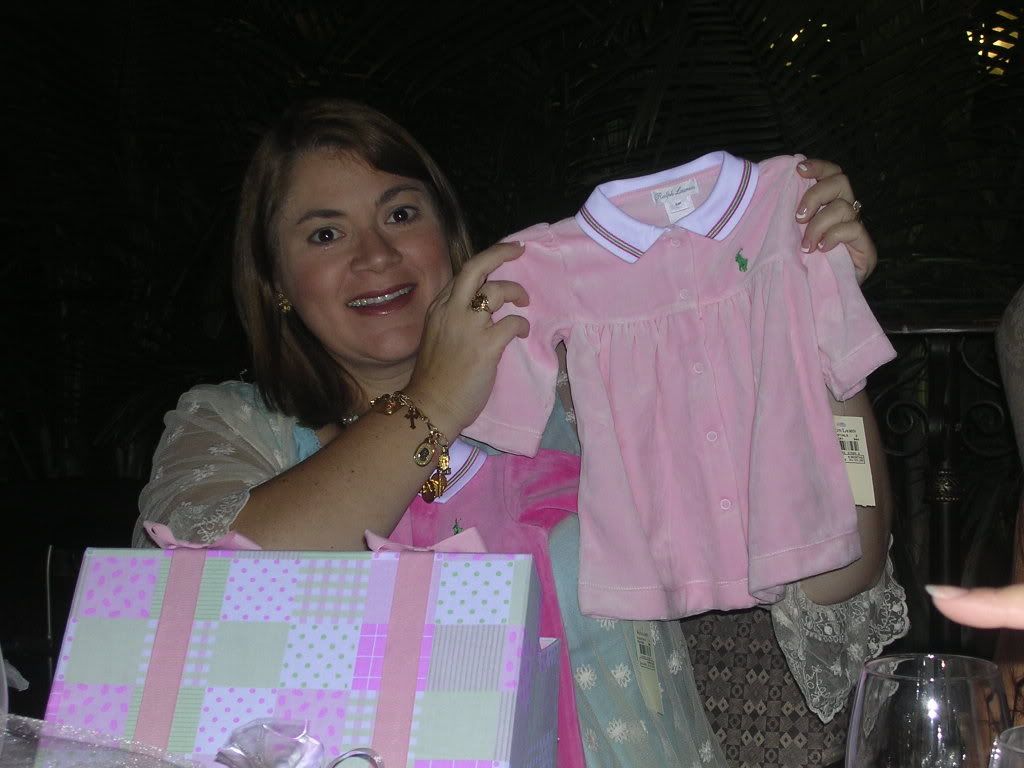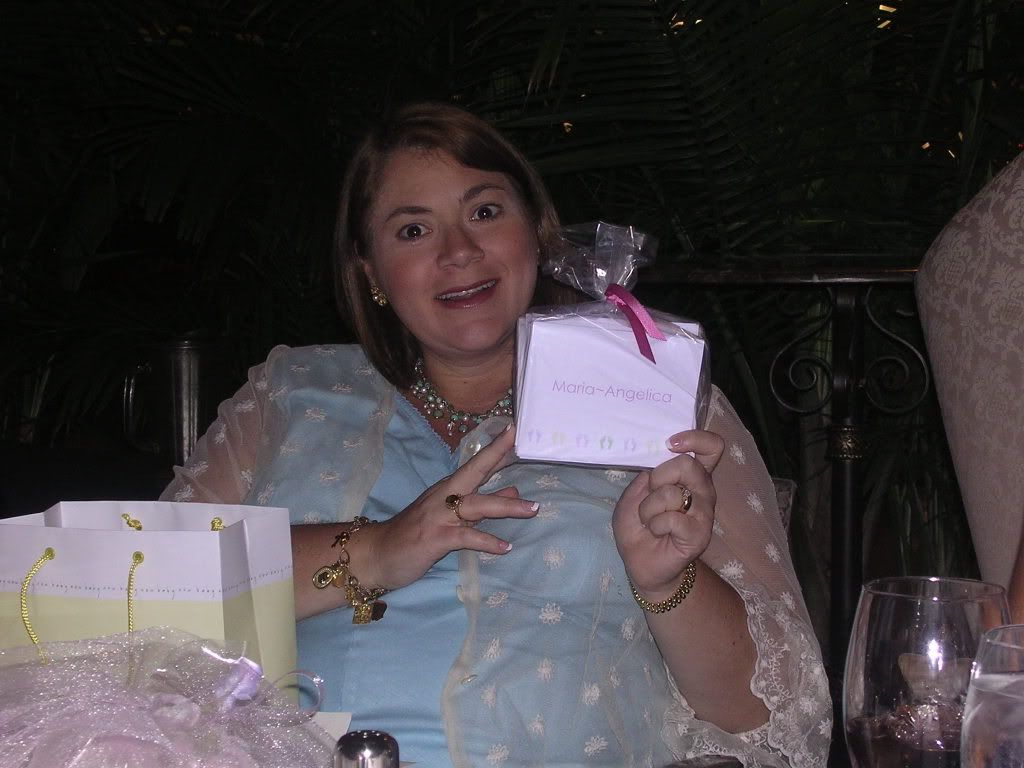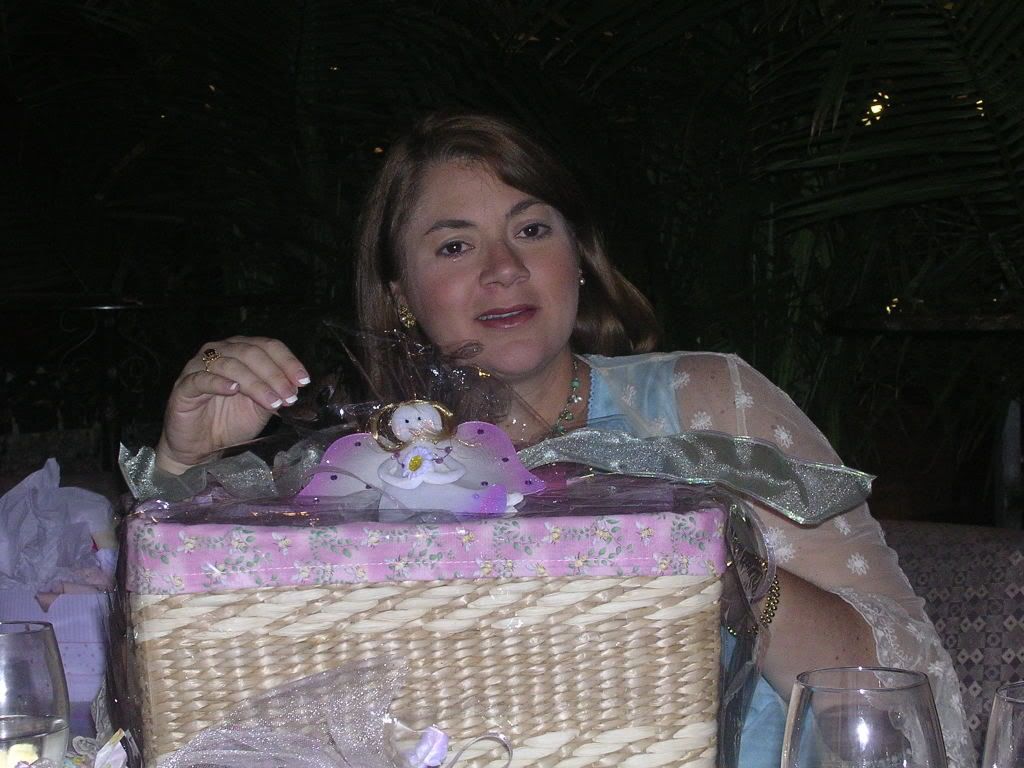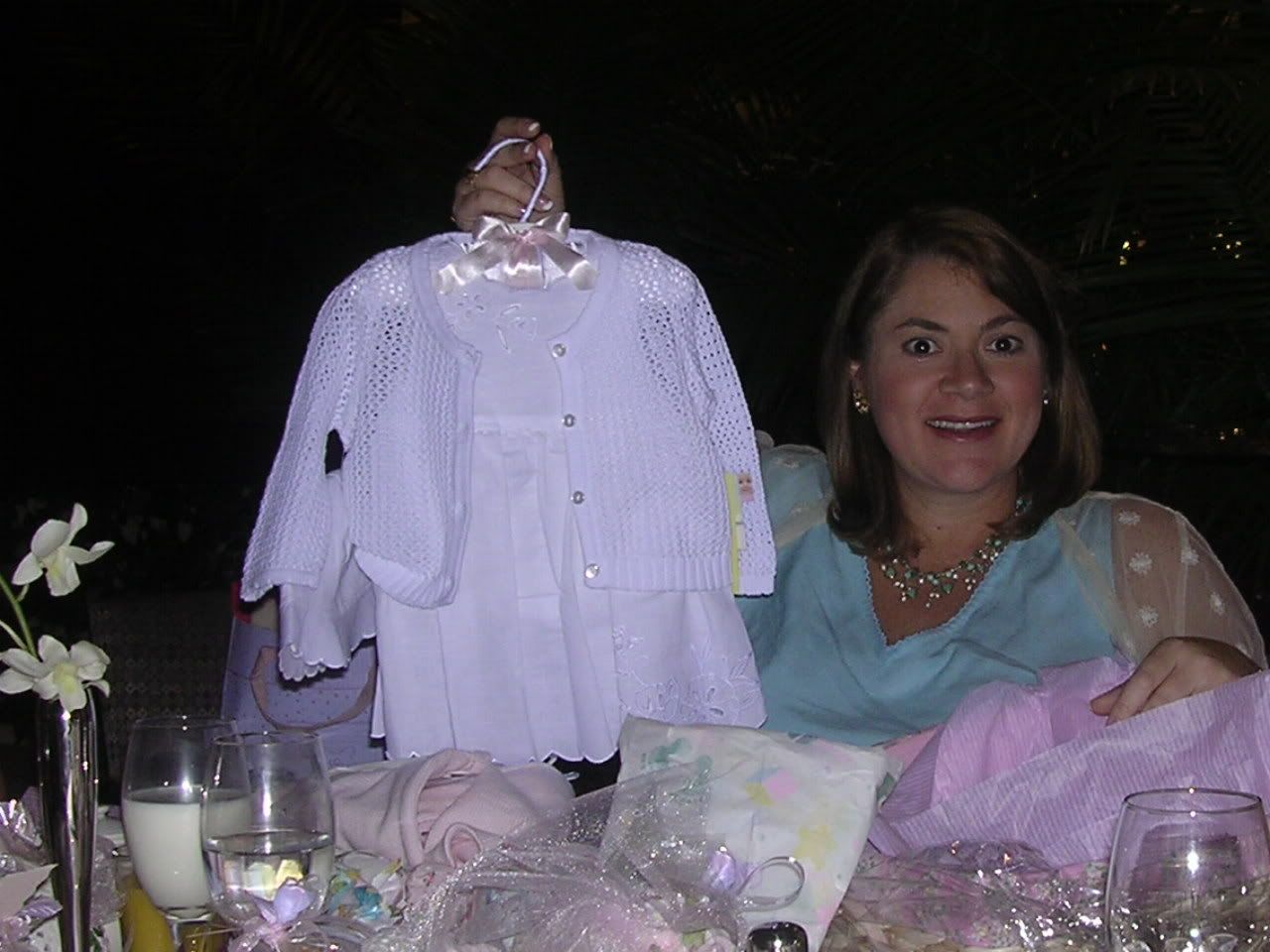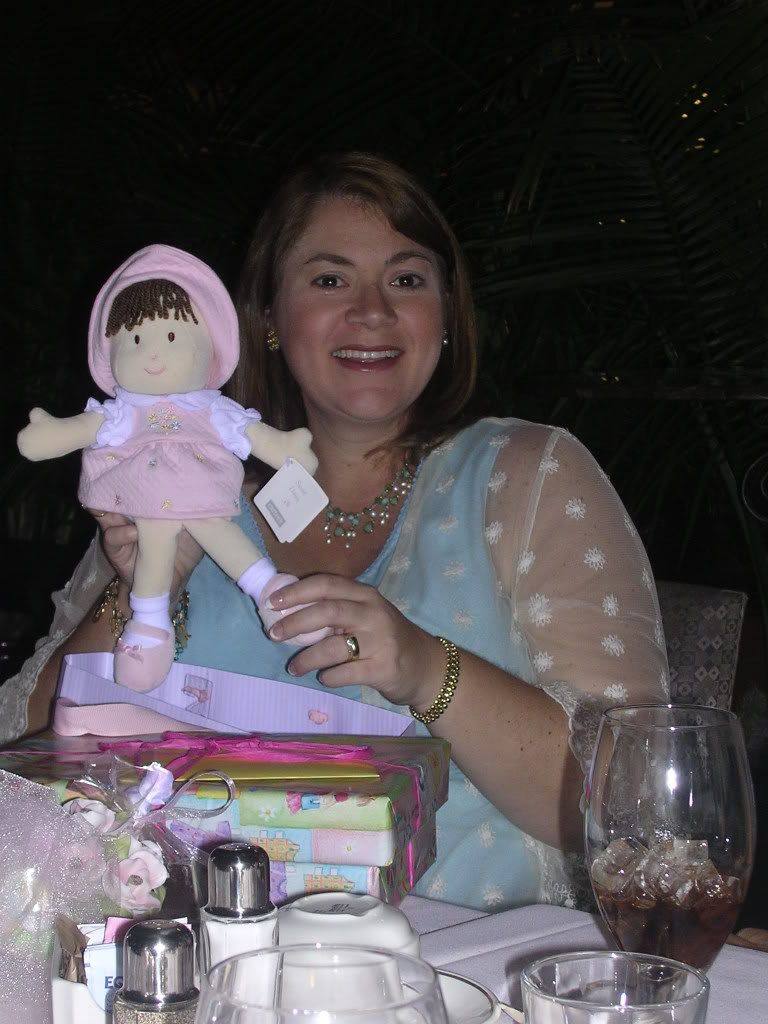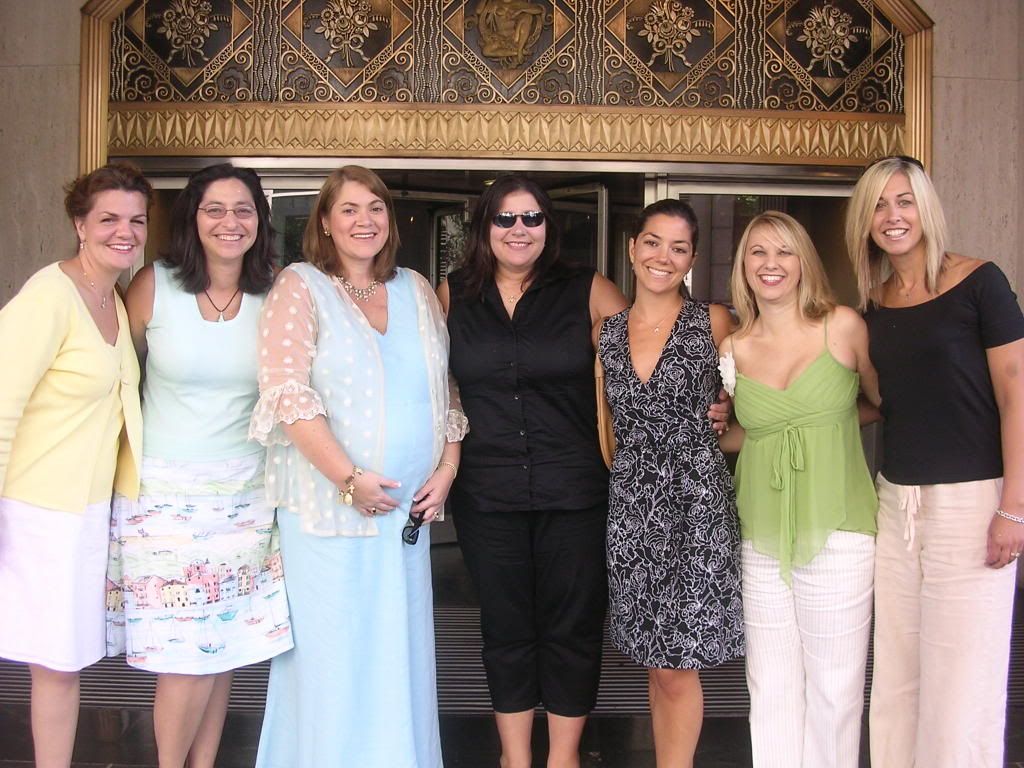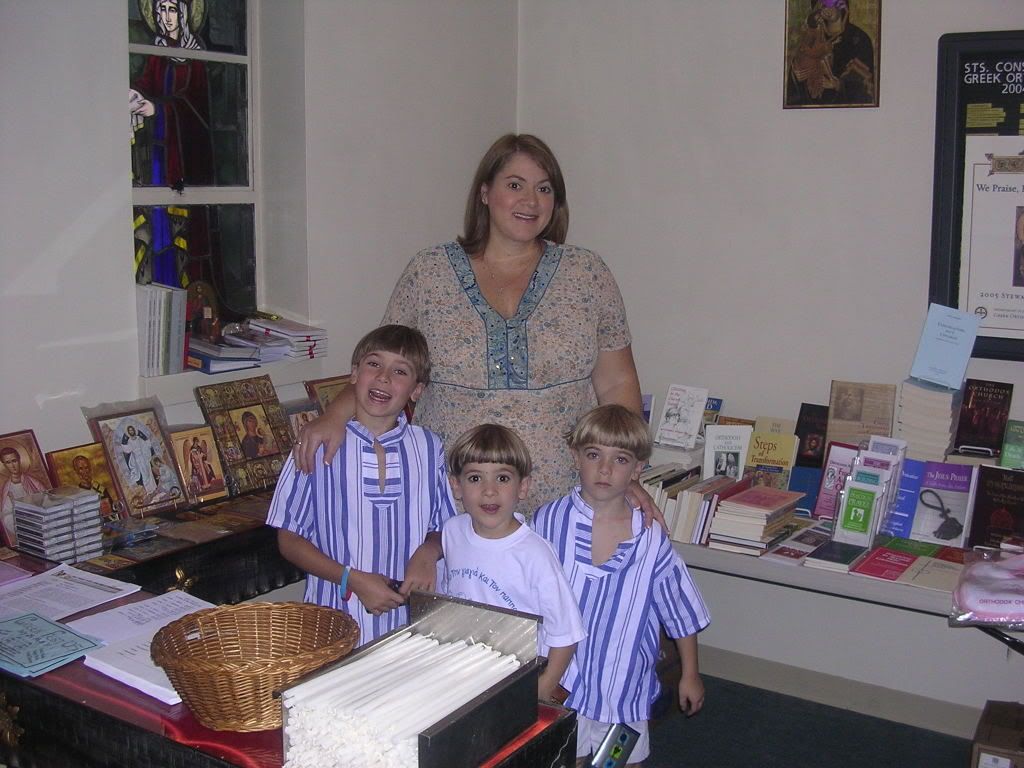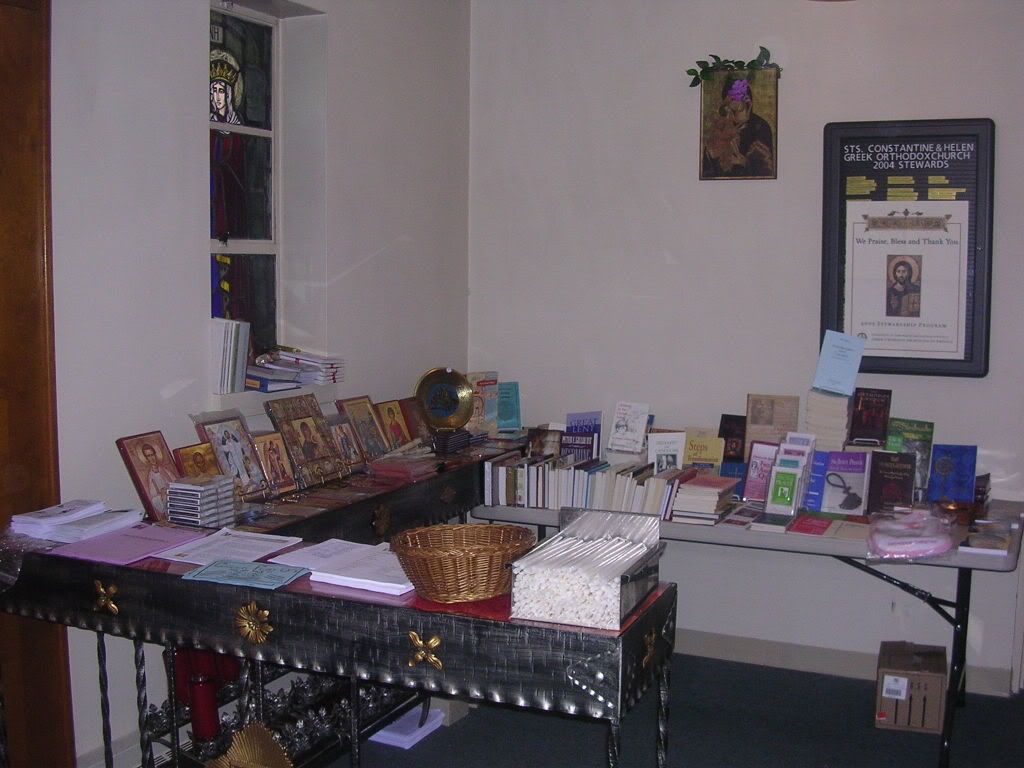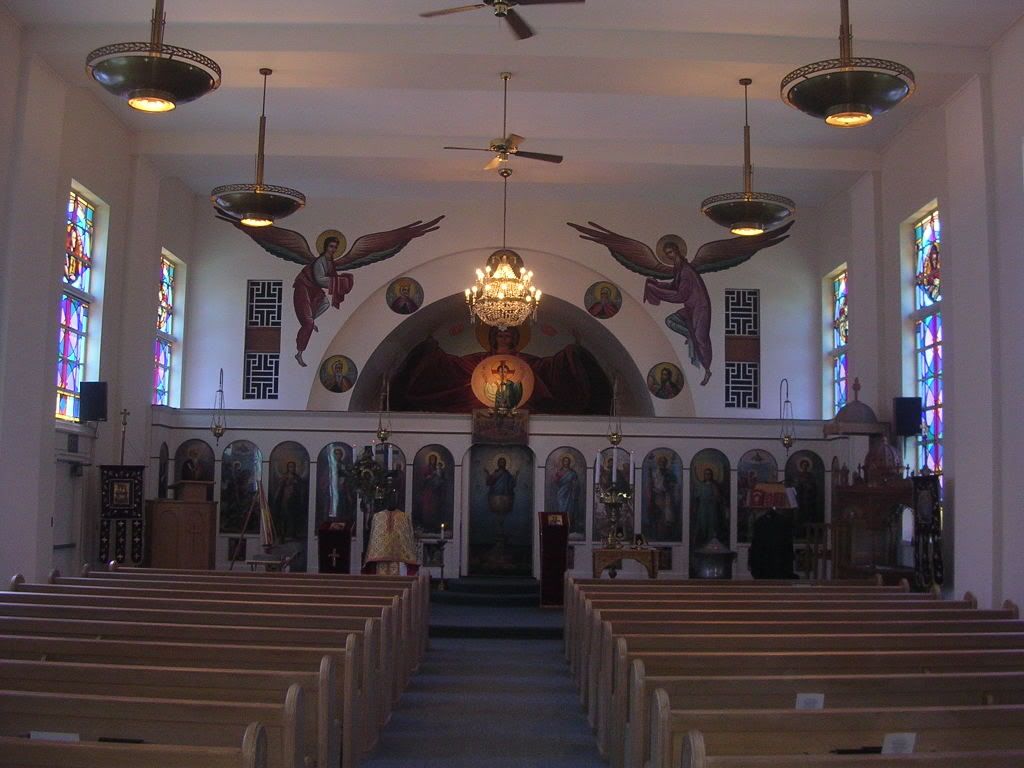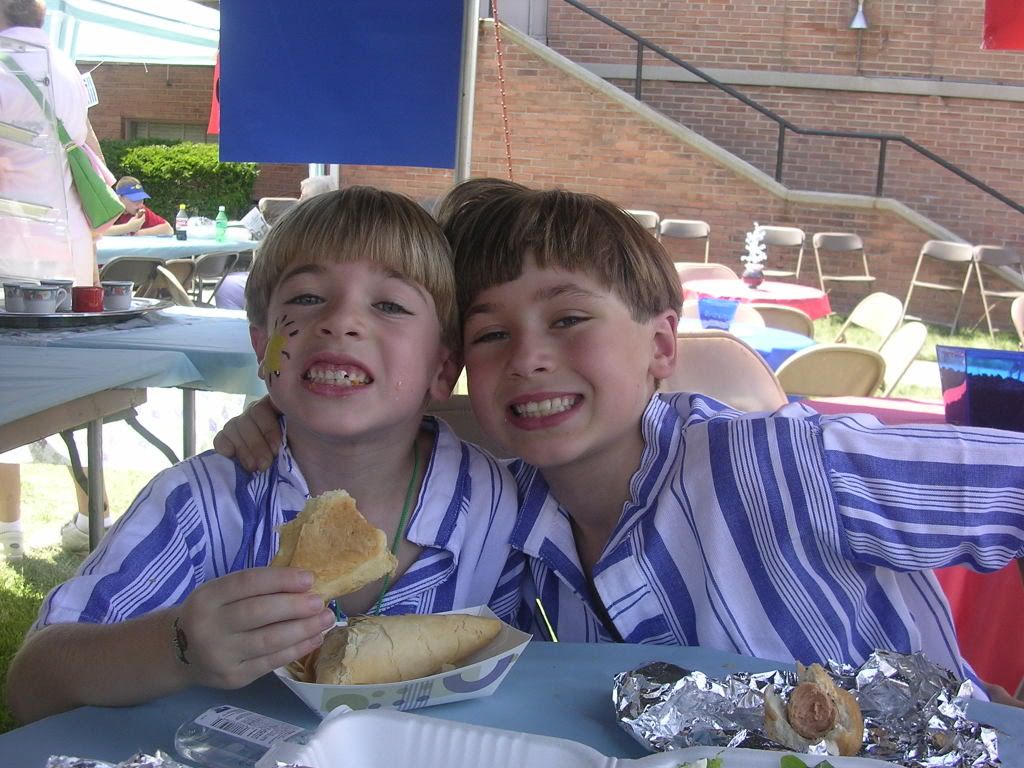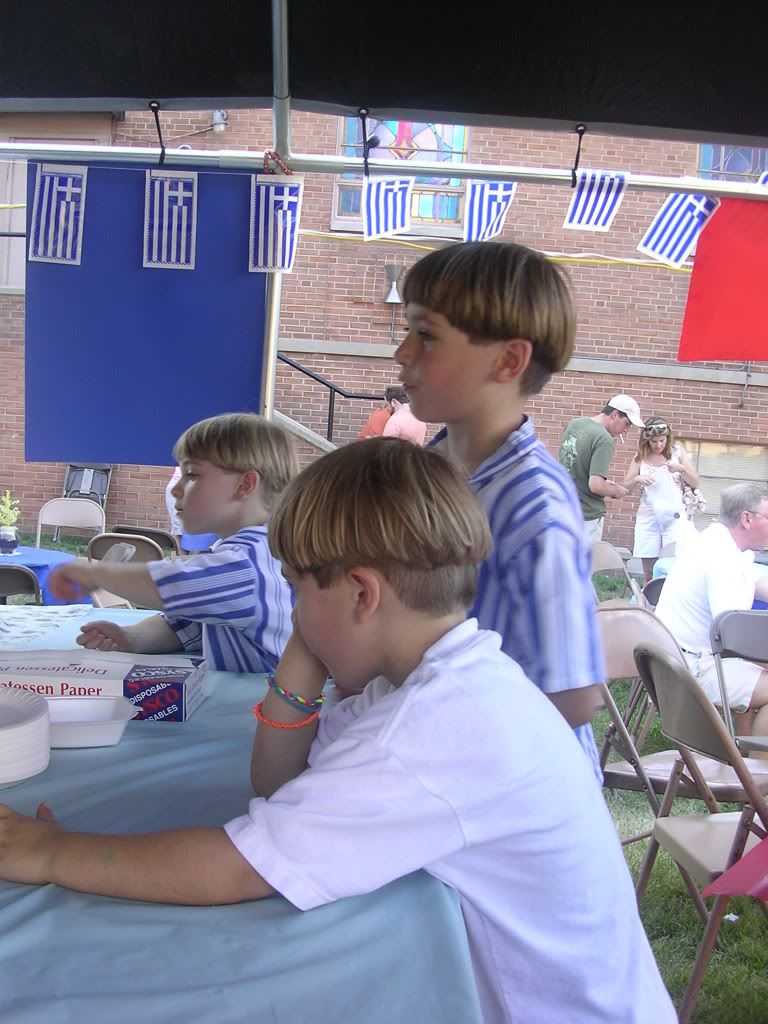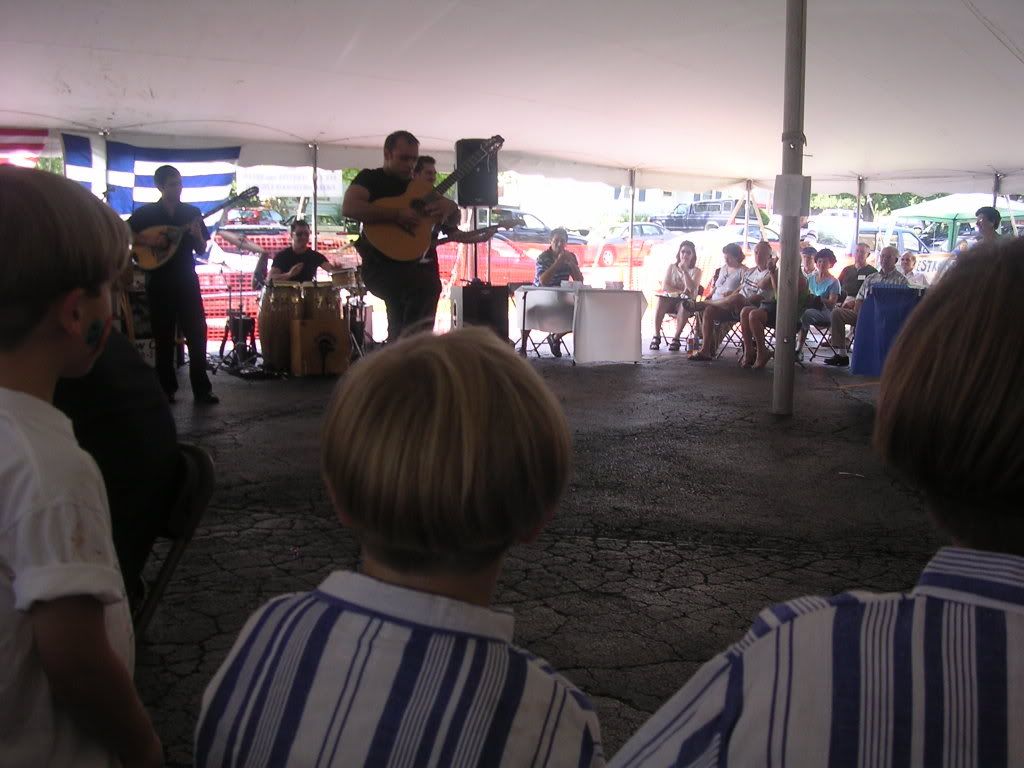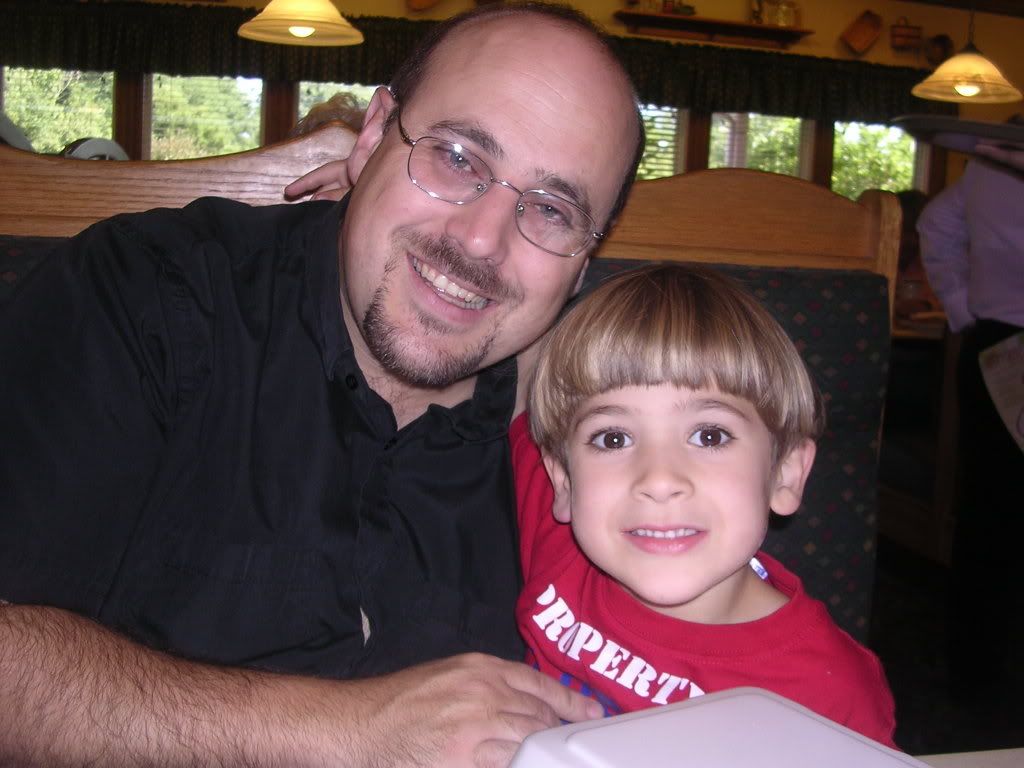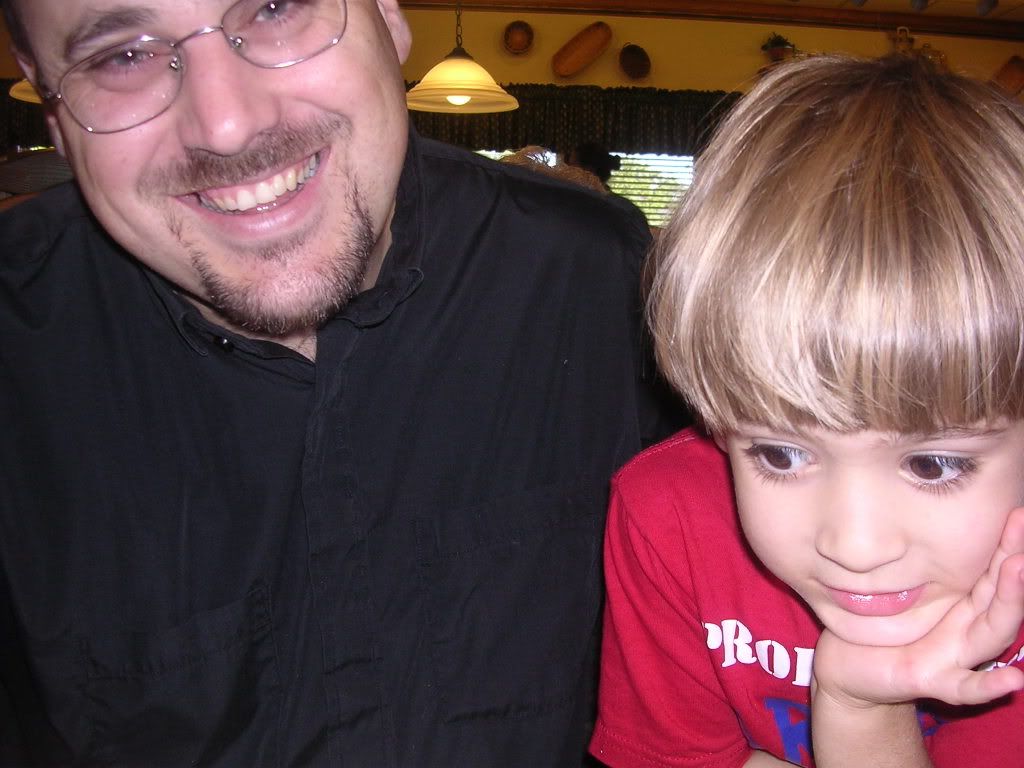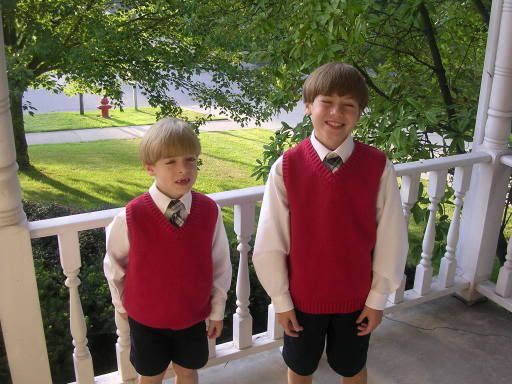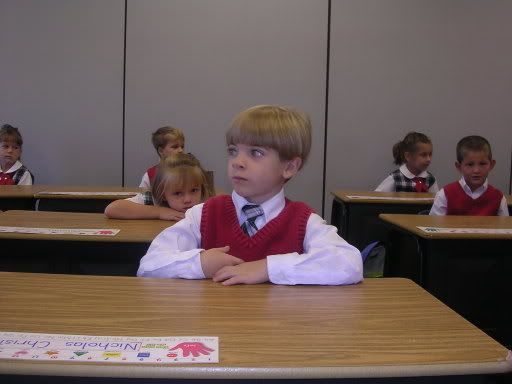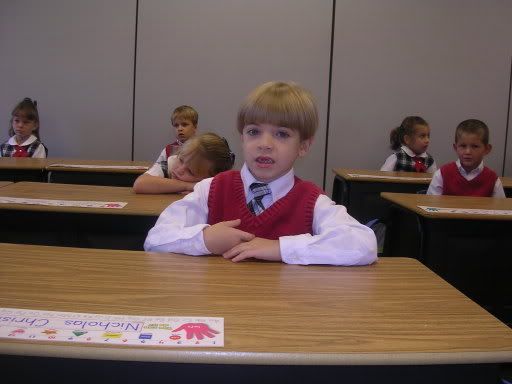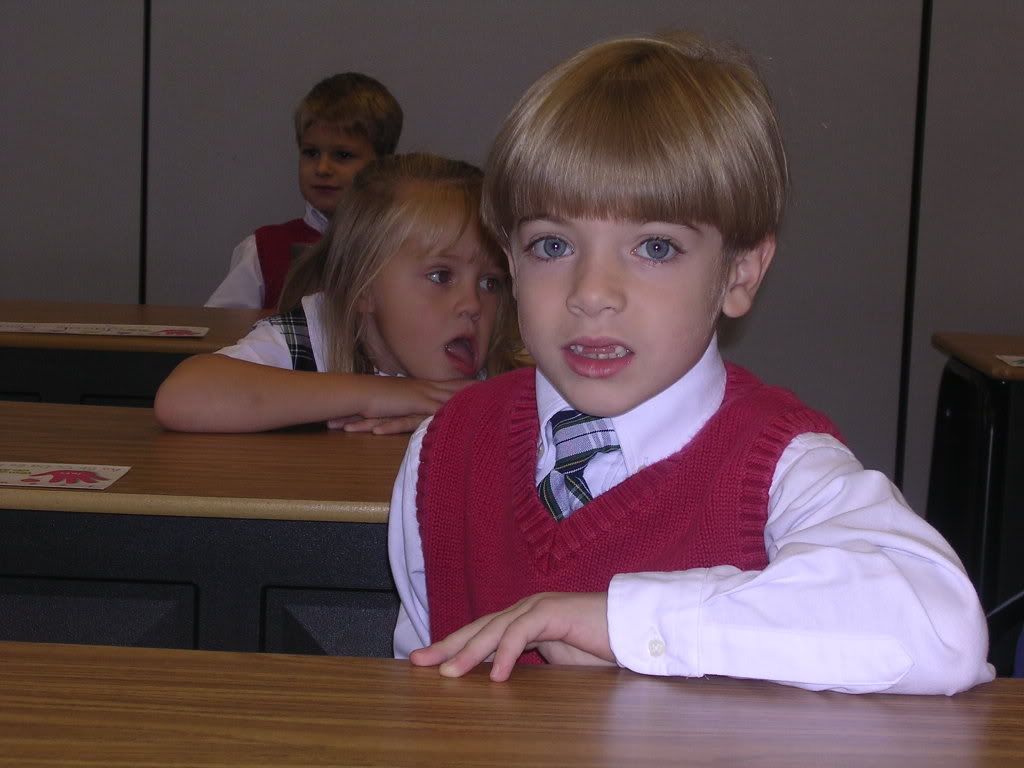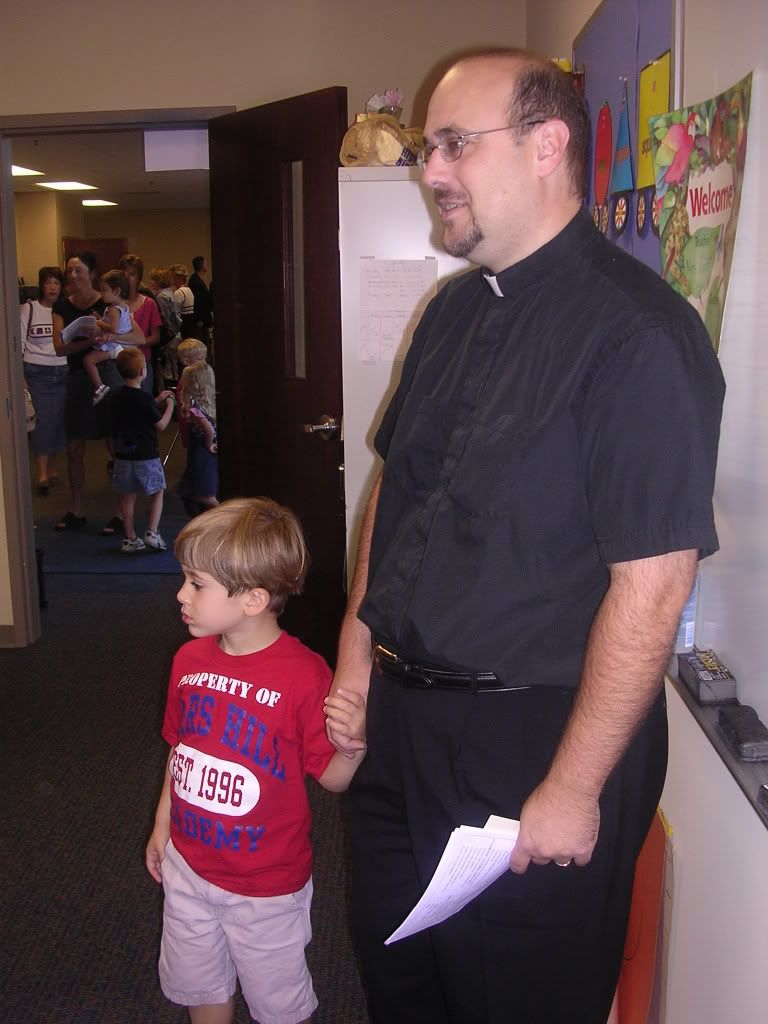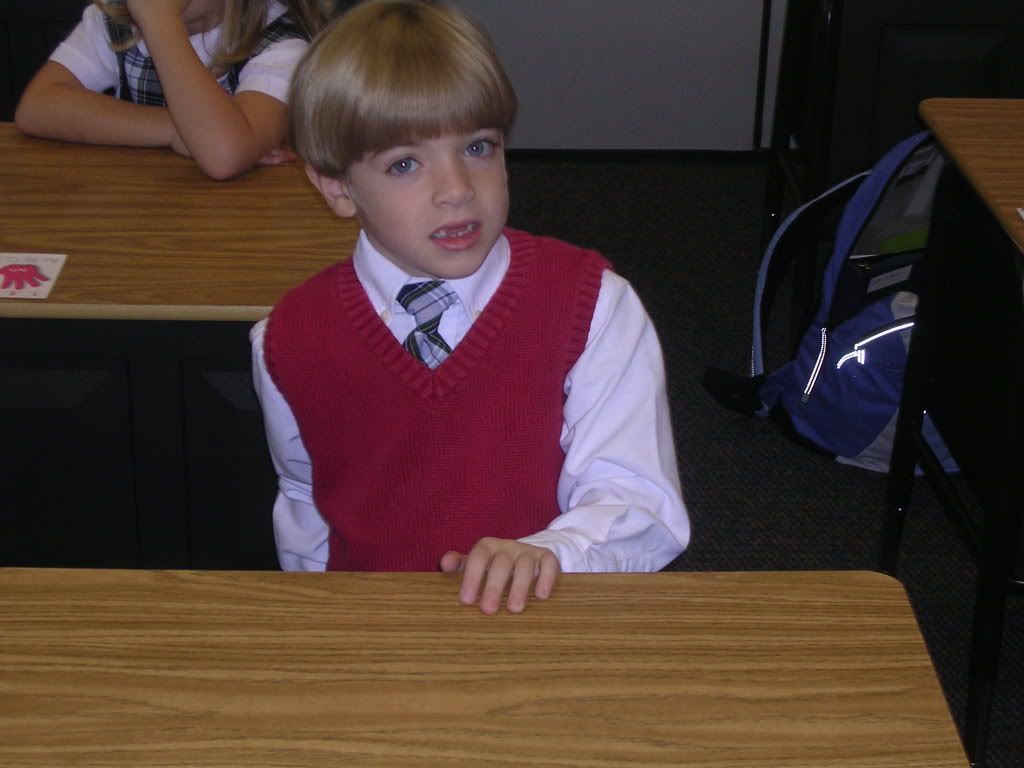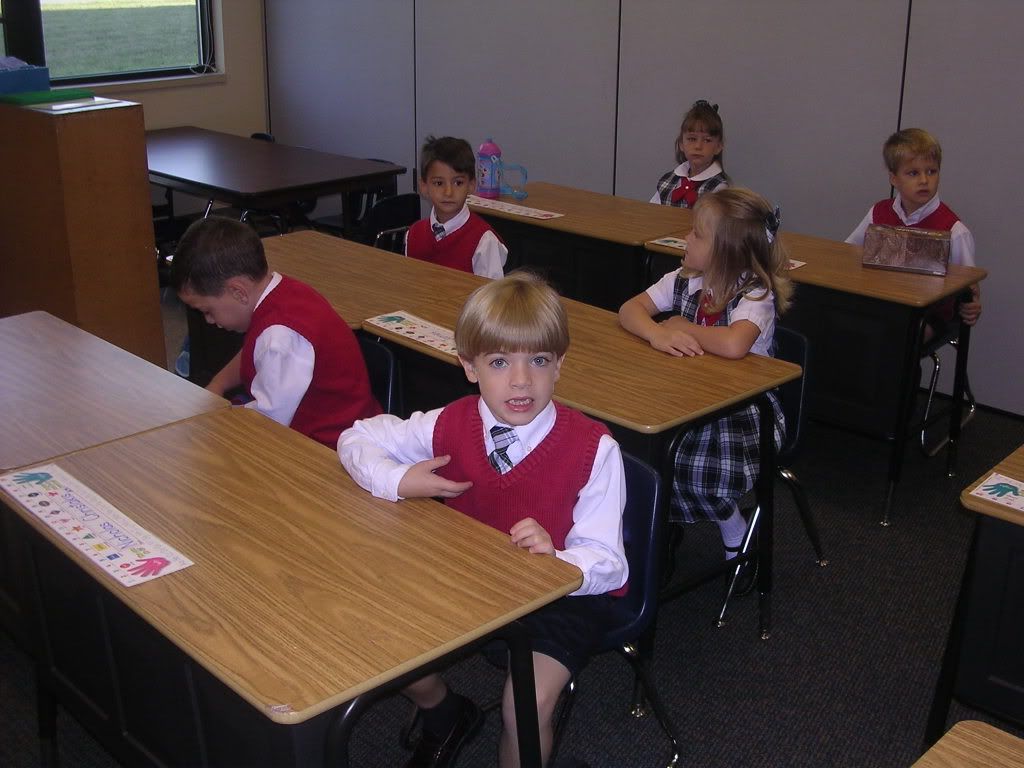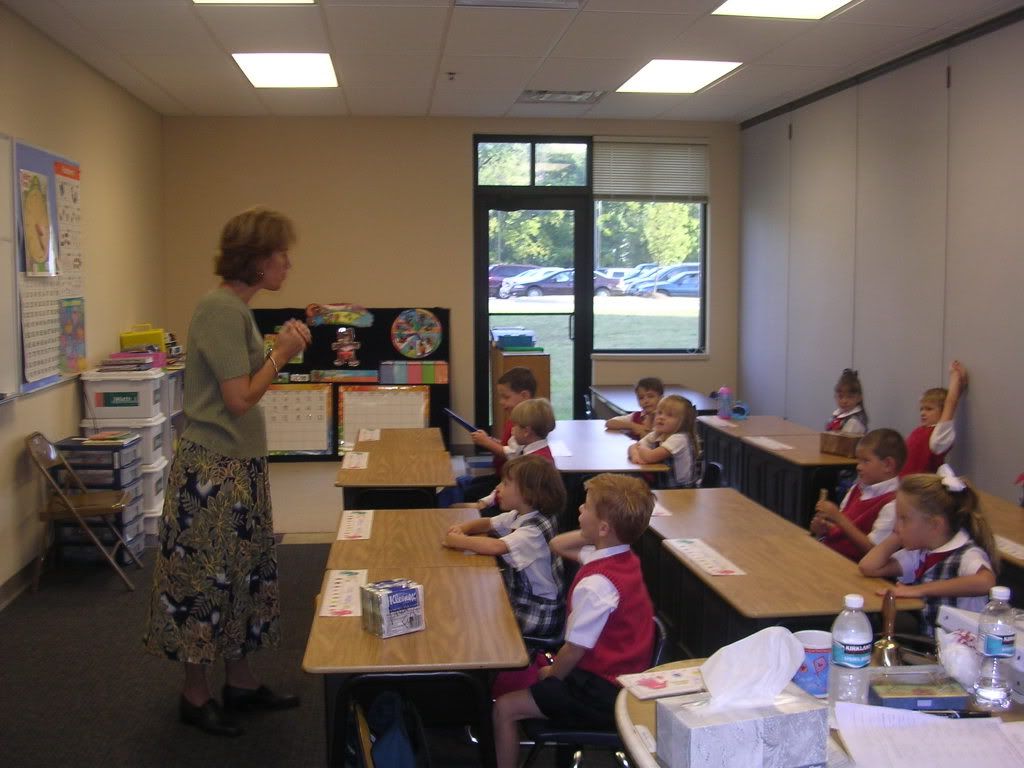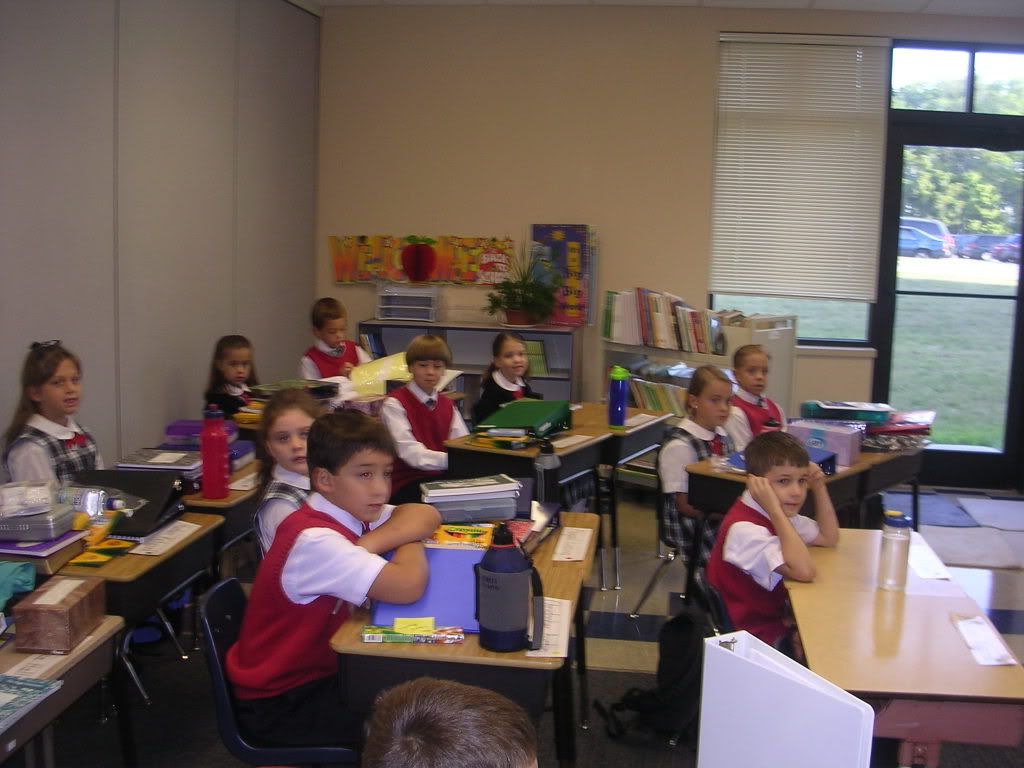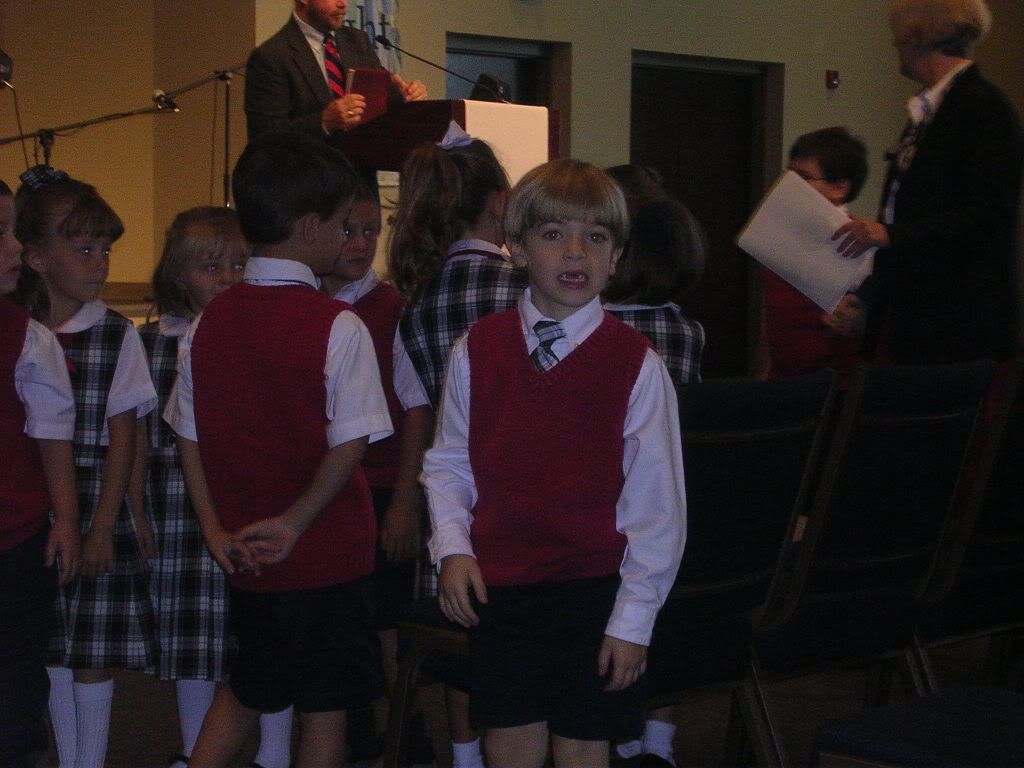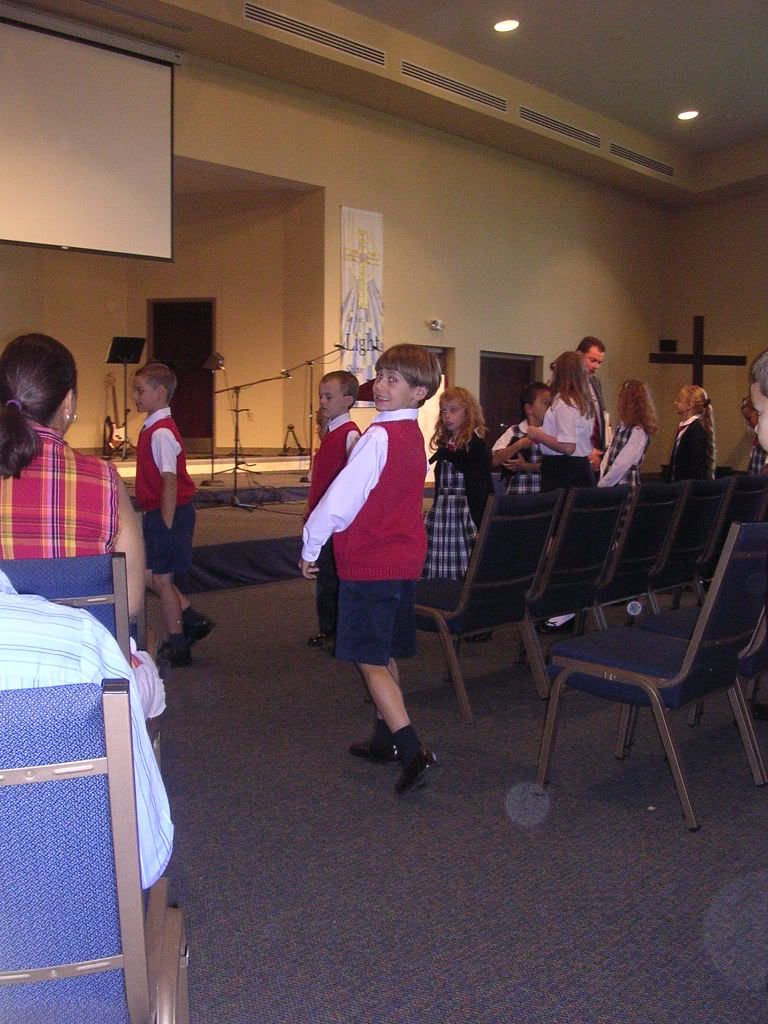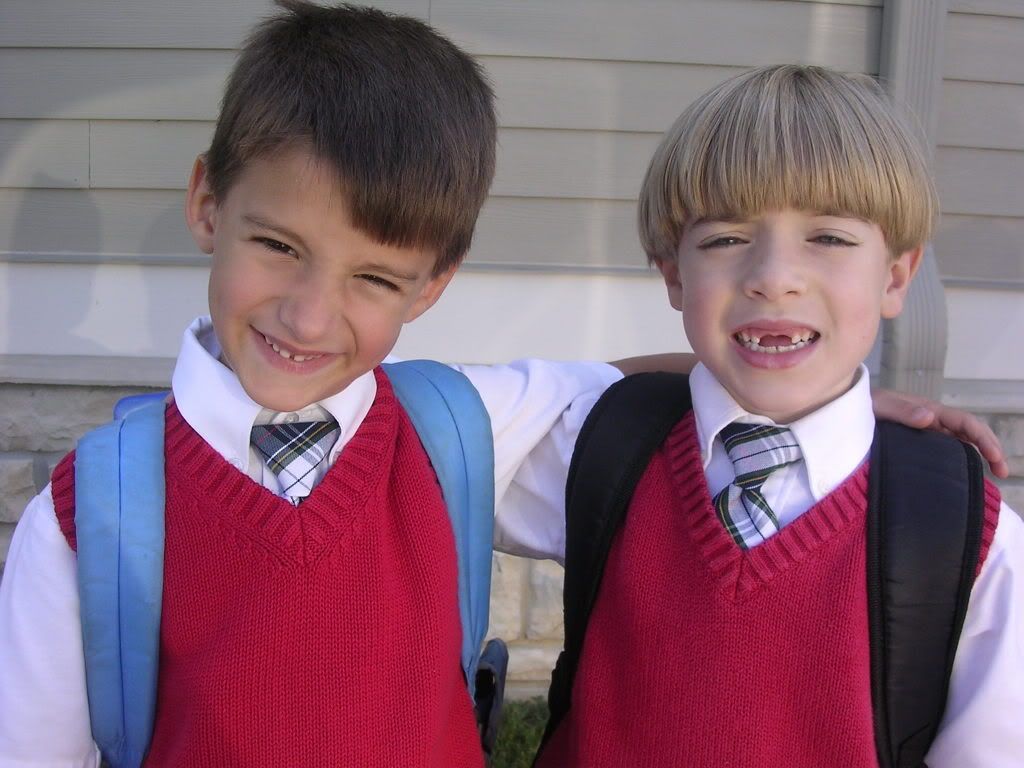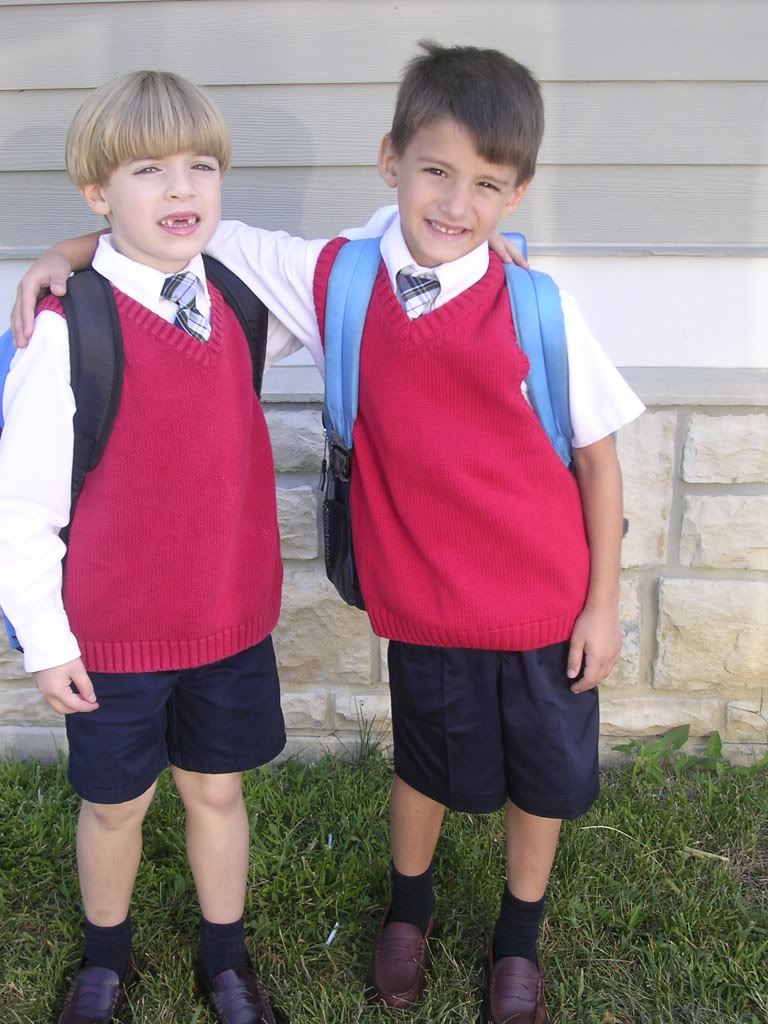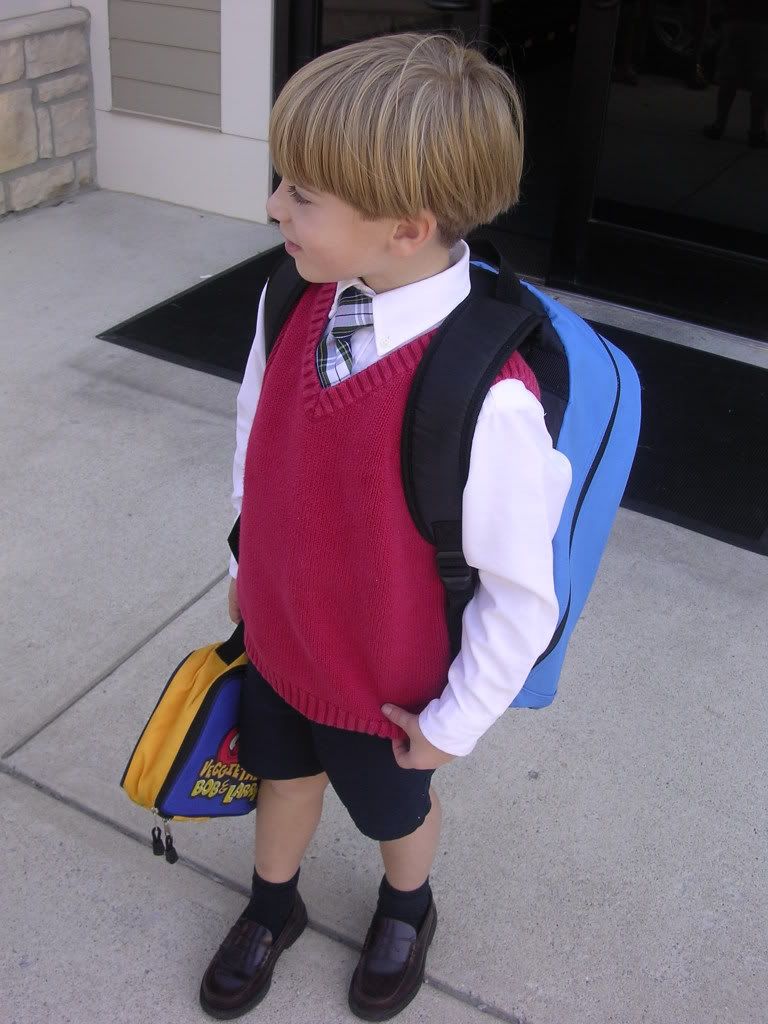Again Magazine Volume 12 Number 4 December 1989 Page 25-28
WHO IS THE NEW ISRAEL
By John W. Morris, PH.D
On May 14, 1948, thirty-eight people gathered in Tel Aviv to establish the modern state of Israel. The establishment of this state provided a cause of great rejoicing for the Jews who had waited and prayed for an opportunity to return to a land they believed rightfully belonged to them. For the Palestinian residents already living in this land as they had for centuries, the news was the beginning of yet a new chapter in a history filled with tragedy, oppression, and struggle. Even before that fateful day, war and bloodshed had already begun to curse the Middle East as two peoples fought for control of the same land.
Both the Jews and the Palestinians claim the Holy Land as their ancient ancestral home. As a result, Israel has fought a series of wars with its Arab neighbors, invaded Lebanon, and carried on raids against Palestinians throughout the Middle East. The Palestinians have responded with terrorist attacks against Israeli targets both within and outside of Israel. More recently, the native Palestinian population of the East Bank of the Jordan and the Gaza, occupied by the Jewish State following the war of 1967, has revolted against their conquerors, unleashing yet another series of clashes as the Israelis frequently use brutal tactics to halt the uprising.
Throughout the bloody recent history of the Middle East, the United States has been a steadfast ally of the Jewish State, sending billions of dollars in military and other assistance. Much of this unconditional support has come from a surprising sector of middle class America: conservative and evangelical Christians. The reason for this support has been the adamant conviction among these Christians that the establishment of modern Israel is the direct fulfillment of Biblical prophecy.
Is such unconditional support warranted? Do the Scriptures in fact teach that the establishment of modern Israel constitutes a direct fulfillment of Biblical prophecy? Is the only appropriate Christian response to the violent events of the Middle East one of unconditional support for the Jewish cause and unilateral resistance to the plight of the homeless Palestinians?
A TIME FOR REFLECTION
Never in the recent history of the violent Middle Eastern powder keg has there been more reason for neutrality and objectivity on the part of the United States. The events of the past few years have revealed to many that the Palestinians on the West Bank and the Gaza have legitimate claims to land and self-government. At the same time, moderate Arab leaders like Hosni Mubarek of Egypt, and even Yassir Arafat of the Palestinian Liberation Organization, have realized that the Palestinian people will never regain complete control of all of Palestine. Thus, they have expressed a willingness to recognize Israel in return for Jewish recognition of a Palestinian State in those areas with a Palestinian majority.
Many Israelis, including Shimon Peres and Yitshak Rabin of the Labor Party, are now realizing the futility of continued struggle with the Palestinians and have expressed a willingness to trade land for peace. Thus, after over 40 years of bloody fighting, a real possibility for peace in the Middle East exists on the basis of a compromise between the warring parties, provided that the moderate voices in Israel are able to win the support of the majority or persuade the members of the hard-liners to moderate their position.
It might seem that such occurrences would and should persuade most Christians to abandon unconditional support for Zionist [see inset] expansion and to enter wholeheartedly into the process of reconciliation. However, a group of largely conservative Protestant leaders continue to steadfastly support the Zionist cause in its most extreme form. The Rev. Jerry Fallwell, a leading Fundamentalist, once wrote: “If this nation wants her fields to remain white with grain, her scientific achievements to remain notable, and her freedom to remain intact, America must continue to stand with Israel” (Listen America; New York, 1980, p. 98).
A CHART FOR ALL SEASONS
Fallwell and the others who demand unconditional support for Israel consider the modern Jewish State a fulfillment of Biblical prophecy. They are heavily influenced by dispensationalism, a method of Bible interpretation which became popular through the writings of John Nelson Darby (died 1882). Darby, a one time cleric of the Church of England, joined the Plymouth Brethren in 1831 and developed a complicated system of Biblical interpretation that divides God’s saving action into individual eras or dispensations. This scheme influenced thousands of American Protestants through the Niagara Bible Conference of 1895 and the publication of the Scofield Reference Bible by Cyrus Ingerson Scofield the next year.
Dispensationalism makes a strong distinction between the promises made to the Jews before Christ and the reality of the Church after Pentecost. Thus dispensationalists teach that God’s promises to the Jews were not fulfilled through the Church but remained unfulfilled during the Church age. They consider the Church a new and separate creation by God with its own separate agenda, not the heir to the promises made by God to ancient Israel. Therefore, it is natural that the dispensationalists should see the founding of the modern state of Israel as a fulfillment of Biblical prophecy.
NOT MY TYPE
Dispensationalists interpret the words, phrases, and sentences of the Bible in a very literalistic manner. Thus they reject or fail to see the importance of an ancient and almost universal principle of Biblical interpretation known as typology. Typology is the method of Biblical understanding which seeks the spiritual meaning of the historical events described in the Old Testament.
Fundamental to the typological method of Biblical interpretation as practiced by the early and later Fathers is the belief that Jesus Christ is the fulfillment and completion of the Law and the Prophets of the Old Testament. For example, the near sacrifice of Isaac points towards the sacrifice of Christ on the Cross. The ark that saved Noah and his family from the Flood is a type of the Church which saves the faithful from sin and death. The burning bush is seen as a type of the Blessed Virgin Mary, who bore God in the flesh, yet was not consumed by the presence of the divinity within her womb.
The typological method is not just the invention of the Fathers, but is based firmly on the New Testament. Our Lord Himself used the example of Jonah as a type of the three days that He would spend in the tomb (Matthew 12:40). He also compared the lifting up of the serpent by Moses to his own ascent of the cross (John 3:14). Saint Paul considered the passing through the Red Sea as a type for baptism (I Corinthians 10:1-2). Saint Peter even uses the term “antitype” to compare the ark with baptism (I Peter 3:20-21). Thus the typological method of interpretation is firmly grounded in the Holy Scriptures.
TYPOLOGY AND THE NEW ISRAEL
According to the typological method, God’s promises to Abraham and his descendents were fulfilled through Christ and His Church. One Orthodox scholar has written: “In Christ, then, the covenant with Israel was fulfilled, transformed, and transcended. After the coming of the Messiah—the Incarnation of God the Son—only those who are ‘built into Christ’ are counted among the people of God. In Christ, the old Israel is superseded by the Christian Church, the new Israel, the body of Christ; the old covenant is completed in the new covenant in and through Jesus Christ” (George Cronk, The Message of the Bible; St. Vladimir Seminary Press; 1982, p. 80).
This interpretation of the covenant with Abraham and his descendents as fulfilled through Christ and His Church is firmly grounded in the witness of the New Testament. In the parable of the Vineyard Owner, our Lord uses the unfaithful tenants of a vineyard to illustrate this point. The owner, representing God, sent his servants, representing the prophets, and finally his son and heir, representing Christ, to collect his rent. The tenants, who represent the Jews, ignored the request for the rent and killed both the servants and the son of the owner of the vineyard. At the end of the parable our Lord said, “Therefore what will the owner of the vineyard do? He will come and destroy the vinedressers, and give the vineyard to others” (Mark 12:1-9). In other words, those who faithfully believe in Him will inherit the status that Israel had before it rejected the Messiah.
Saint Paul wrote, “Therefore know that only those who are of faith are sons of Abraham . . . if you are Christ’s then you are of Abraham’s seed, and heirs according to the promise” (Galatians 3:7-9). Indeed, Saint Paul called the body of believers “the Israel of God” (Galatians 6:16). Saint Peter illustrated this point by applying terms used to describe Israel in the Old Testament when he wrote, “But you are a chosen generation, a royal priesthood, a holy nation, His own special people” (I Peter 2:9).
Thus, according to the New Testament, the standard against which all doctrine and Biblical interpretations must be tested, God’s covenant with Abraham and his descendents has been fulfilled through Christ and His followers, not through a secular state, for Christ said, “My Kingdom is not of this world” (John 18:36).
It is true that there are some Old Testament prophecies that speak of a restoration of Israel following the destruction of Israel by Assyria and of Judah by Babylon. For example, Isaiah wrote, “It shall come to pass that the Lord shall set His hand again the second time to recover the remnant of His people who are left” (Isaiah 11:11). Jeremiah prophesied, “For I will bring them back into their land which I gave to their fathers” (Jeremiah 16:15). Micah said, “I will surely gather the remnant of Israel” (Micah 12:12).
Indeed, God did restore Israel. The book of Ezra tells how Cyrus, the King of Persia who had conquered Babylon, allowed the Jews to return from exile and to rebuild their temple in Jerusalem. Significantly the beginning of Ezra states that the events recorded are in fulfillment of the prophecy of Jeremiah (Ezra 1:1). Thus the Old Testament prophecies cited in support of the modern state of Israel were fulfilled long ago when the Jews returned from the Babylonian captivity.
SONS OF ABRAHAM
The time has come for Christians to carefully reevaluate an attitude towards modern Israel which is based on faulty premises. Both Church history and the Holy Scriptures teach clearly that Christ and His Church are the fulfillment of the Law and the Prophets. Saint Paul tells us that those who follow Christ in faith are the true children of Abraham and heirs to the promises made by God to the Old Testament patriarch. The prophecies concerning the restoration of Israel have already been fulfilled and should not be applied carte-blanche to the modern state of Israel.
The Zionist State was born in conflict between the claims of Jews to a homeland and the rights of the native Palestinian inhabitants of the Holy Land. Christians should, therefore, judge Israel on the same basis as other nations, and not accord to the Jewish State a special status above reproach. Indeed, it is clear that while both sides have committed atrocities, the Zionists have disregarded the rights of the Palestinian people to national self-determination. Christians owe no special allegiance to Israel, but should expect the Jewish State to adhere to the same principles of justice and decency demanded of other nations. Indeed, Christians should call the people of Israel to recognize the legitimate right of all people to the same national selfdetermination that they claim for themselves.
[INSET]
Although the current leaders of Israel claim Palestine as their homeland, it was not their home for a period of almost 2000 years. In 63 B.C. Pompey conquered Israel and placed the Hebrew people under Roman rule, After two abortive Jewish revolts in A.D. 70 and 130, the Romans expelled all but a handful of the Hebrew people from Palestine. Thus the Jewish people lived for centuries in Europe and other parts of the world as an often persecuted minority in countries dominated by others.
Even before the horrifying murder of millions of Jews by the Nazis in this century, many Jews had begun looking toward the possibility of re-establishing a nation of their own. In 1895, Theodor Herzl, a Hungarian Jew, published an influential case for a Jewish homeland. In The Jewish State, Herzl called for the Jews to leave Tsarist Russia and the other countries where they lived to organize a Jewish State. Herzl’s arguments persuaded Jews from all over Europe to gather in Basil, Switzerland, for the First Zionist Congress in August, 1897. This Congress launched the campaign for the establishment of a Hebrew State in Palestine.
Zionism, the movement for the foundation of a Jewish homeland in Palestine, received a new stimulus with the outbreak of the First World War. Hoping to win the sympathy of Jews living in the lands of their enemies, the British issued the Balfour Declaration on November 2, 1917. In this declaration, the English government pledged to “favor the establishment in Palestine of a national home for the Jewish people.”
At the end of the war, Palestine was placed under a British mandate, giving Britain the opportunity to fulfill her earlier commitment. As a result, Jews began moving to Palestine in large numbers. By 1939 the Jewish population of Palestine had risen from about 85,000 before the war to 445,000. Palestine, the proposed Jewish homeland, was not, however, an uninhabited land open to foreign colonization. Instead it was occupied by about 650,000 Arabs, many of whom could trace their ancestry back to Biblical times. After centuries of domination by the Ottoman Turks, these Palestinian people now hoped for national self-determination as a part of Syria or as an independent state following the dissolution of the Ottoman Empire at the end of the First World War.
Instead of respecting the wishes of the Palestinians, the victors placed them under another foreign government by establishing the British mandate. The Palestinians had no desire to trade British domination for Jewish domination through the establishment of a Jewish State in their homeland. Thus the Palestinians, who numbered 1,056,000 at the beginning of the Second World War, resisted the efforts of the Zionists through a series of riots, attacks on Jewish settlements, general strikes, and refusal to pay taxes to the English.
The Zionists, however, were better organized and financed than the native Palestinians, who were mostly poor tenant farmers on land owned by Lebanese or Syrian landlords. As a result, the Jews were able to buy large tracks of land and to dispossess the Palestinian tenant farmers. They also organized a secret army, the Haganah, in 1919. The Haganah fought both the Arabs and the British, who attempted to find a compromise between the conflicting sides. In 1937 an even more militant group of Zionists formed the Irgun to fight the British and Palestinians. The result was a series of bloody clashes between the various parties in the dispute.
The Nazi tyranny and the Second World War created a large number of Jewish refugees and radically intensified the struggle. In an effort to prevent further conflict between Jew and Arab, the British attempted to limit Jewish immigration to Palestine. The Zionists responded with a campaign of terror against both the Arabs and the British authorities. Jewish terrorists assassinated Lord Moyne, the British minister in the Middle East in 1944, and carried on other attacks against the English. In 1946, Zionist extremists blew up the British headquarters at the King David Hotel in Jerusalem killing almost 100 people.
Finally, the British grew tired of trying to find a solution that would pacify both the Palestinians and the Zionists and turned the matter over to the newly formed United Nations. After much discussion, the United Nations voted on November 29, 1947, to partition Palestine into two states, a Jewish State and a Palestinian State. The Palestinians rejected the plan because it would place an Arab minority of 45% in the proposed Jewish State. Thus the Palestinians resorted to violence to oppose the partitioning of their homeland with the support of neighboring Arab States.
The Jews, however, accepted the UN resolution and gathered forces to respond to the Palestinian attacks. The violence reached a climax on April 9, 1948, when extremists massacred the entire population of Dier Yassin, an Arab village near Jerusalem. Although the Haganah and the Jewish Agency condemned the murder of 250 men, women, and children, many Palestinians panicked lest they too fall victim to Zionist atrocities. As a result thousands of Arabs fled to neighboring countries, vacating most of the Arab villages in the proposed Jewish State, and creating the Palestinian refugee problem. By the end of 1949, there were almost 750,000 Palestinian refugees in Lebanon, Syria, Jordan, and the Gaza Strip.
Meanwhile the Zionists accepted the UN partition and proclaimed the state of Israel on May 14, 1948, the day the British left Palestine. The next day, Egypt, Jordan, and Iraq came to the aid of the Palestinians. However, the Jews were victorious and the war ended in a truce in early 1949. The new Zionist State was even larger than the Jewish State proposed by the UN resolution. This only intensified the Palestinian refugee problem and resulted in the destruction of 374 Arab villages. Throughout the next twenty years, Israel successfully defended its territory during a series of wars with its Arab neighbors. Finally, the Jewish State conquered the West Bank and Gaza in 1967, bringing over 1,000,000 Palestinians under Zionist domination.
The Rev. Fr. John Morris is pastor of Saint John Chrysostom Orthodox Church in Fort Wayne, Indiana.
Taken from here.
![]() Fr. talked to the children today about the start of the Ecclesiastical New Year on September 1st and had them all come up to the Solea to read a prayer over them for the start of the new school year as well.
Fr. talked to the children today about the start of the Ecclesiastical New Year on September 1st and had them all come up to the Solea to read a prayer over them for the start of the new school year as well.
